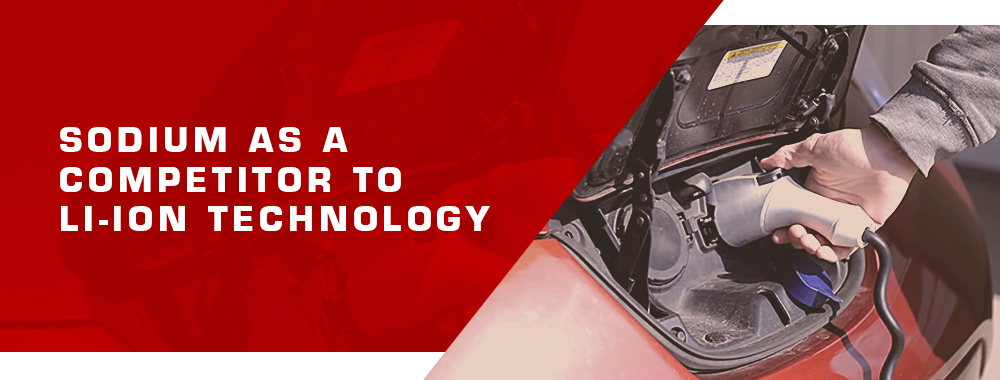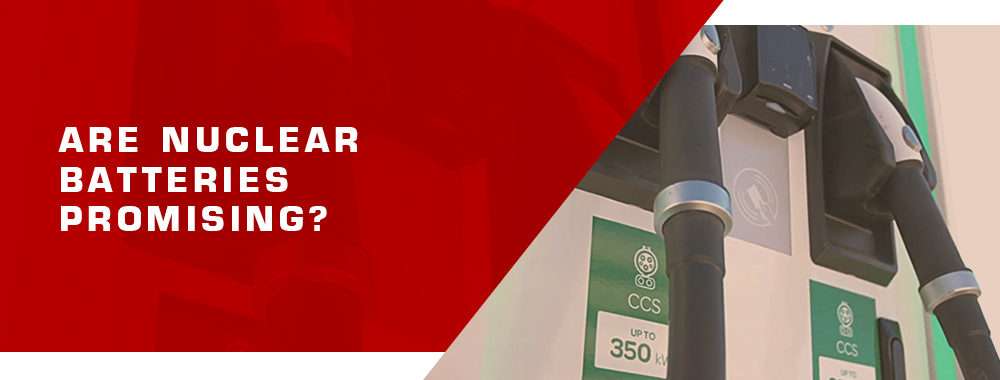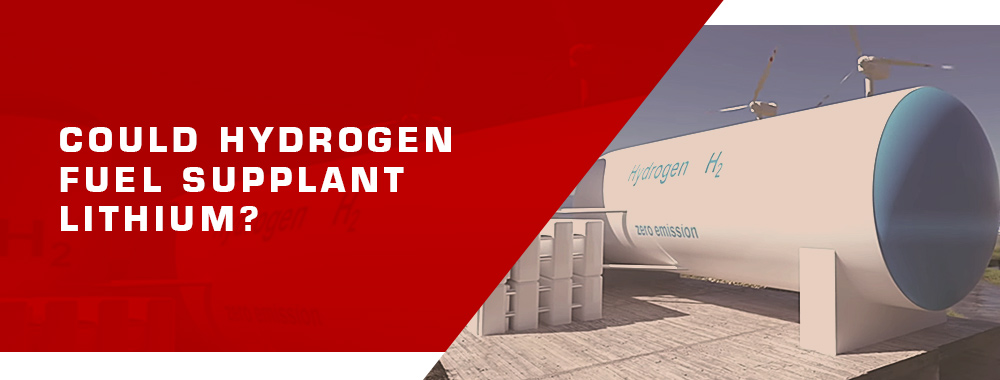What will replace lithium-ion batteries
We’ve decided to look at what technology could transform the world of electronics in the future. The closest to mass production are sodium batteries with twice the performance. They are followed by graphene supercapacitors and atomic technology.

According to many researchers, it is this alkaline metal that should replace expensive and rare lithium, which, moreover, is chemically active and fire-hazardous. The principle of the lithium battery is similar to that of sodium — they use metal ions to transfer the charge.
For years, scientists at various laboratories and institutes have struggled with the drawbacks of sodium technology, such as slow charging and low currents. Some have succeeded in solving the problem. For example, BroadBit’s [A] pre-production batteries charge in five minutes and have 1.5 to 2 times the capacity. After winning several awards in Europe, such as the Innovation Radar Prize, the Eureka Innovest Award, and several others, the company moved on to certification, building a factory, and obtaining patents.
Is graphene capable of replacing the Li-Ion standard of batteries?
Graphene is a flat crystalline lattice of carbon atoms one atom thick. Due to the huge surface area in a compact volume capable of charge accumulation, graphene is an ideal solution for creating compact supercapacitors.
There are already experimental models with a capacity of up to 10,000 farads! A supercapacitor of this kind was created by Sunvault Energy together with Edison Power[A]. The developers claim that in the future they will present a model with enough energy to power an entire house.
The advantages of such supercapacitors are numerous: the possibility of almost instantaneous charging, environmental friendliness, safety, compactness, as well as affordability. Thanks to a new technology of graphene production, akin to printing on a 3D printer, Sunvault promises the cost of batteries almost ten times lower than that of lithium-ion technology. However, industrial production is still a long way off.
Sanvault also has competitors. A group of scientists from the University of Swinburne, Australia, also presented a graphene supercapacitor that is comparable in capacity to lithium-ion batteries. It can be charged in a few seconds. In addition, it is flexible, which will allow it to be used in devices of different form factors, and even in elements of smart clothes.
As a Porsche Taycan owner, you can charge your car at home using an electric outlet. But if your house only has one or two outlets, this could be a problem. There are different EV chargers for the Porsche Taycan that should make it easier to drive sustainable in today’s world. The next article on our blog will give you more info about what charger option is best for your needs so don’t forget to check back!

Nuclear batteries are still very expensive. In the near future, they will not be able to compete with the lithium-ion batteries that we are used to, but it is impossible not to mention them because sources that continuously produce energy for 50 years are much more interesting than rechargeable batteries.
The principle of their operation, in a sense, is similar to that of solar cells, only instead of the sun, their energy source is isotopes with beta radiation, which is then absorbed by semiconductor elements.
Unlike gamma radiation, beta radiation is practically harmless. It is a flux of charged particles and is easily shielded by thin layers of special materials. It is also actively absorbed by the air.
However, such beta-voltaic power supplies are low-power and extremely expensive.
Nickel-63 also has competitors. For example, the University of Missouri [A] has long experimented with strontium-90, and miniature beta-voltaic batteries based on tritium can be found on the market. Priced in the neighborhood of a thousand dollars, they can power various pacemakers, sensors, or compensate for the self-discharge of lithium-ion batteries.

Hydrogen, however, cannot be classified as an electric carrier. In the typical case, they are used in another type of internal combustion engine. That is, they are based specifically on combustion of the product with energy production, which is not an electric drive. Hydrogen has the disadvantages of being explosive, and the danger of being toxic to humans in high concentrations.
Many want to predict the future, and are waiting for the electric car charger to charge batteries fully in 5 minutes. For now, sodium and graphene are a potential substitutes for Li-Ion technology.
Excited about the development of sodium-ion batteries! The potential for a more sustainable and affordable energy storage solution is huge. It’s a big step towards greener technology. Anyone else following these advancements?
Definitely! It’s thrilling to see advancements in battery tech that could reduce our reliance on rare materials. Sustainability is key, and sodium-ion batteries could be a game changer.
I’ve been reading up on solid-state batteries. They seem like they could revolutionize energy storage, but there’s still a lot of development needed. Curious about their real-world applications in the near future.
Solid-state batteries are indeed promising, especially in terms of safety and energy density. They could be a major leap forward, but we’re probably still a few years away from seeing them in everyday devices.
Heard about aluminum-ion batteries. They sound safer and more environmentally friendly. Wonder how they’ll compare to current lithium-ion batteries in terms of performance.
Aluminum-ion batteries have potential, especially in terms of safety and cost. However, they still lag behind lithium-ion in energy density. It’ll be interesting to see how they evolve.
Lithium-sulfur batteries are fascinating. Higher energy density at a lower cost sounds great, but the degradation issue is a concern. How soon can we expect to see them in the market?
I’m intrigued by magnesium-ion batteries. The idea of a more powerful battery with greater charge capacity is exciting. It could open up new possibilities in energy storage.
Came across water-based batteries recently. The concept of a non-toxic, lithium-free battery is appealing. Curious about their development and potential applications.
Just a heads up: if you’re interested in alternative battery technologies, keep an eye on research in glass batteries. They’re still in early stages, but the promise of faster charging and longer lifespan is exciting.
Glass batteries sound intriguing! Faster charging and longer lifespan would be a significant improvement. Looking forward to seeing how this technology develops.